Ambient light is my favorite when it comes to lighting subjects. This is mostly due to the fact that it is the most natural looking light you can get, and also the cheapest version of them all since it is free.
Ambient light, also known as natural light, means that you use only what the sun/moon or city lights give you. This doesn’t meant that the light isn’t shaped or diffused in any way, quite the contrary. You can do so much with ambient light and get so many creative effects with it. The trick is tо know how.
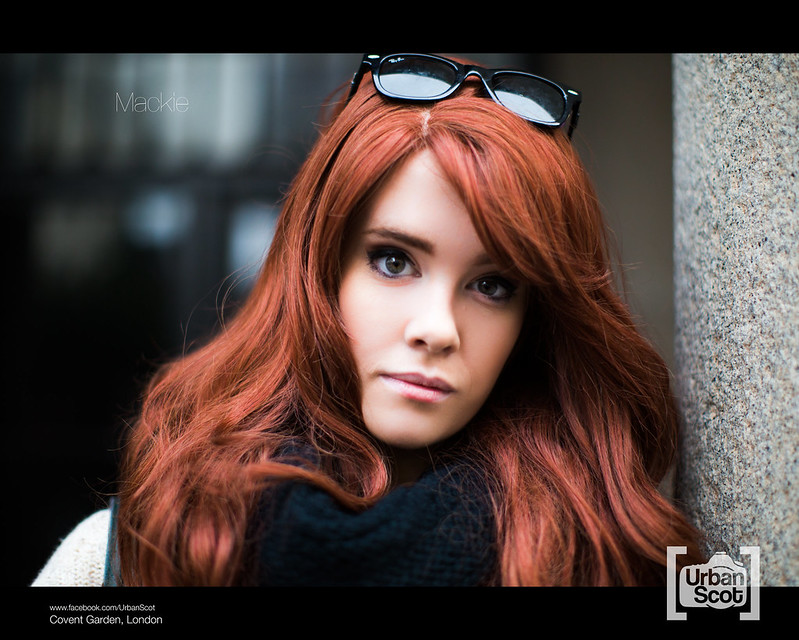
Photo by The Urban Scot
Understanding light is also really important. Since you are going to manipulate it, it is good to know how light behaves. For example, light bends a bit at the edges in a photograph due to lens diffraction thus illuminating those edges (the same phenomena is to blame for losing sharpness when stopping down a lens). Light also passes through hair or other small things that don’t appear transparent but can be, thus making them appear lighter or giving them different tone. Furthermore, you have to know that the bigger the area through which light passes (or simply the bigger the light source is) the softer the shadows are.
Additionally, knowing the inverse square law for light is always a good addition to your knowledge of light. The more you know about it, the more options you’ll have when it comes to manipulating light.
1. Use Existing Objects
This means using the things which are already around you to shape the light. Things like windows, window blinds, colored glass and so on. You can use the striped pattern created by window blinds to simulate moody and dramatic feeling to the image for example. Or you can use the shadows created from the flowers on the window in order to play with shapes and models using the model as a catalyst. Another good idea is to let light through water. This can be done by using a fish tank full of water that is rippling in order to create fun and uneven light, which later can be diffused by something else. You can combine several things into one to get cool effects.
2. Clouds as a Light Modifier
Clouds are the softest diffuser you can get. Overcast weather often creates no shadow at all. There is shadow, of course, but not in the way that is explicitly noticed. This can be really good for landscapes, portraits and products shot in natural light.
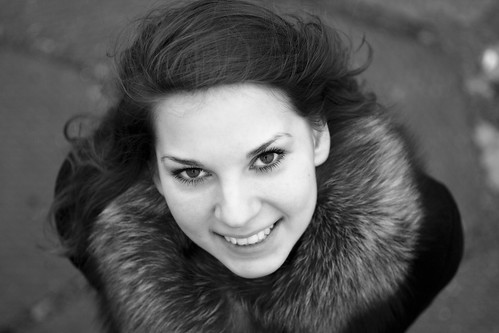
Photo by prosto photos
3. Fabricating Natural Light
By this I mean altering light almost completely. You can do almost anything if you are creative enough. You can use bed sheets as diffusers, and window curtains as well. You can use colored bed sheets/curtains to create custom color casts and change the ambience and color balance of a photograph. You can shoot through semi-transparent sheets with the subject blocking the light in order to capture the depth and volume of the shadow and so on.
4. Shadows
Where there is light, there are shadows. As you play around with shaping the light, you are shaping the shadows as well. But why not take it to the next level, and use window blinds to create stripes, or mirrors to create spotlights in a dark areas? This brings up a whole new field of photography, where you can go abstract or dramatic. It is all up to you.
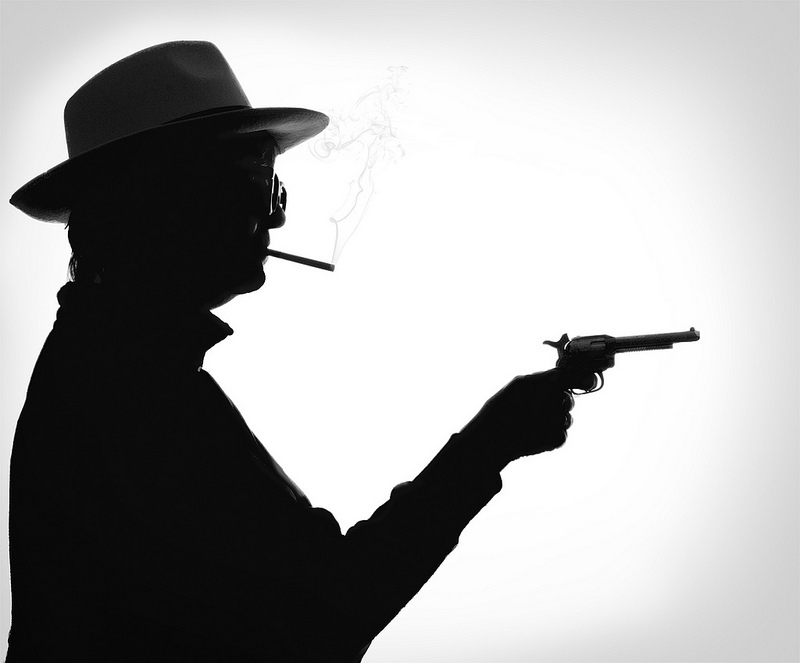
Photo by aussiegall
5. Put a Twist to It
Ambient light from natural sources is cool and all, but sometimes you need a bit more. You can use your household lamps to light up more than the natural sources can provide, or use that to create color contrast for more pleasing images.
6. Forgotten Sources
Most of us “see” light coming from light bulbs or the sun only. But how about the light from other items, such as candles for example, or the fire place in some houses? PC monitors are a good source of soft light as well. Think outside the box, there are so many things that can be used as a light source or as an addition to existing light.

Photo by petrovskyz
All that said, with a little effort you can make astonishing pictures without firing a single strobe. There are many photographers that don’t even own flashes and still produce magnificent images. It is not always all about the gear, you can have all the gear possible but if you don’t know the bare essentials it is of no use to you. Using only ambient light is great way to learn and understand light, and it will make your life easier when there are more than one flashes in the equation.

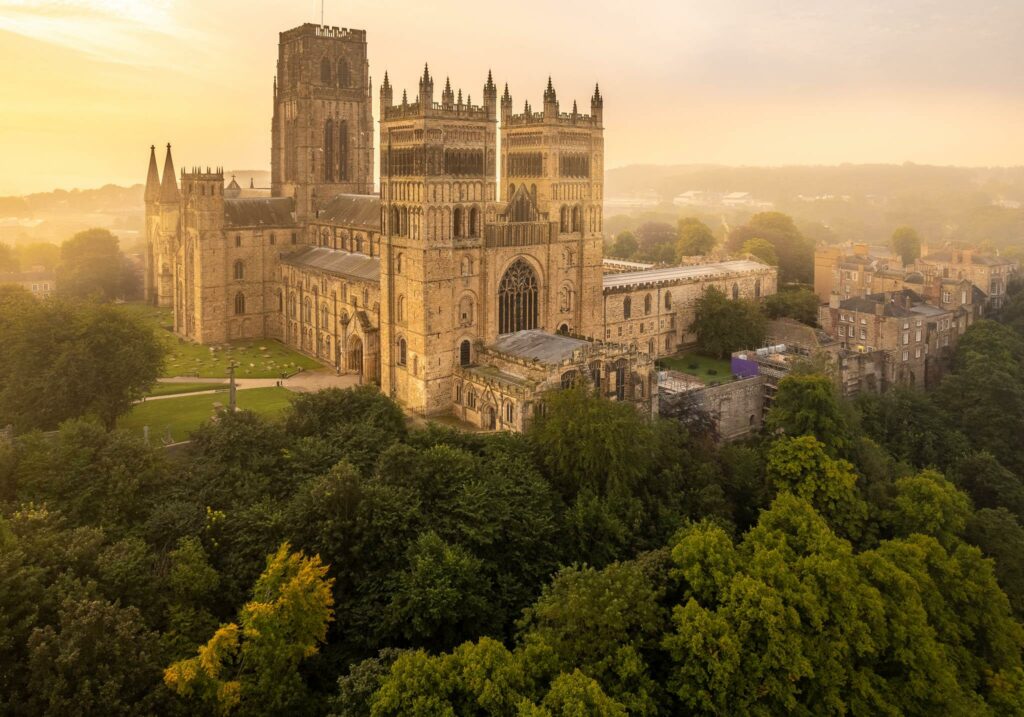
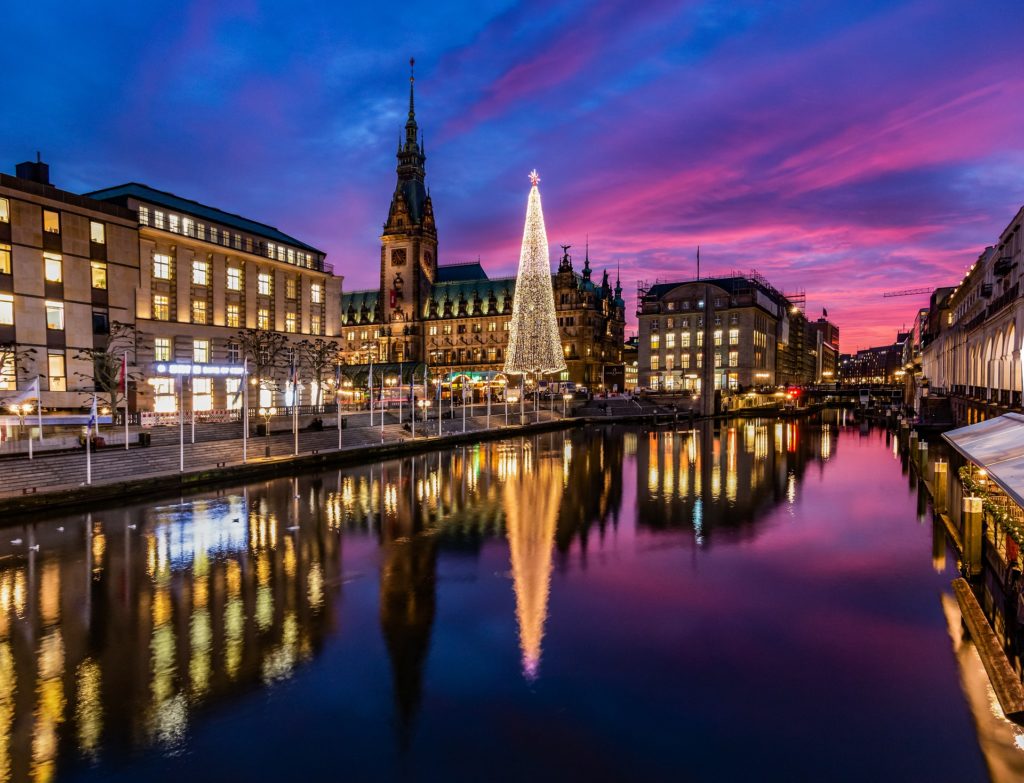
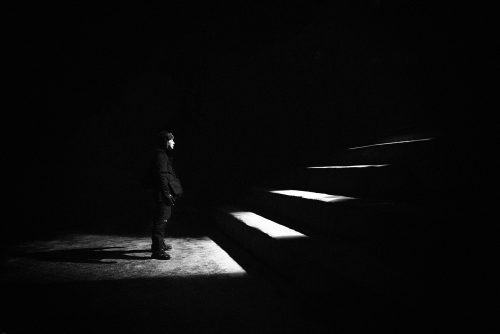
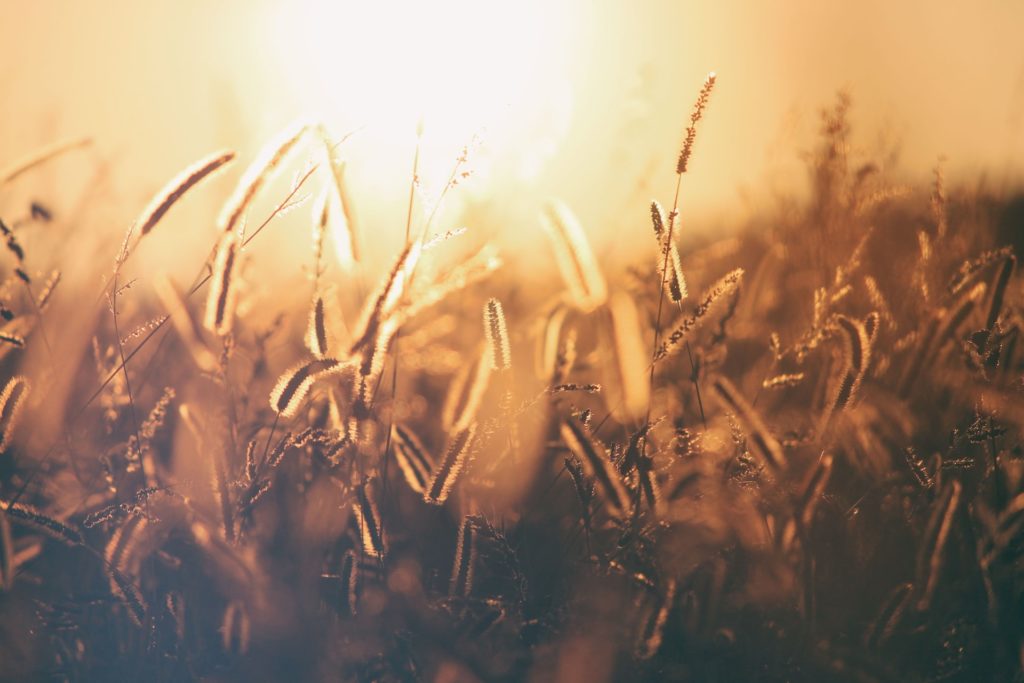
1 Comment
Good tips. Personally, I find the trickiest thing is to incorporate (or avoid) shadows on my subject. I suppose we always have areas to improve!